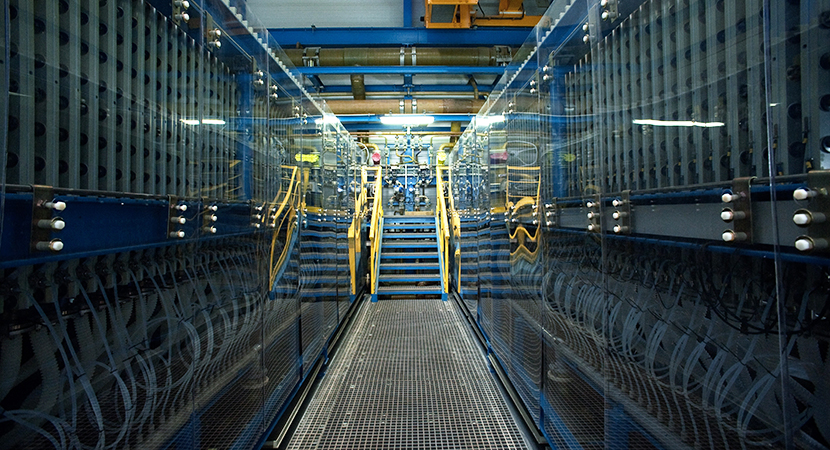Commissioning the second membrane electrolysis plant in April 2015 completed the transition of chlorine production to the modern, ecologically sound membrane technology. Using this technology enables a reduction of CO2 emissions by 140,000 tonnes annually from May 2015 onward. Having finished this investment project, we were able to comply with the EU requirement to decommission facilities using the mercury cell process nearly three years early. Our first membrane electrolysis plant has been operational since 2010.
